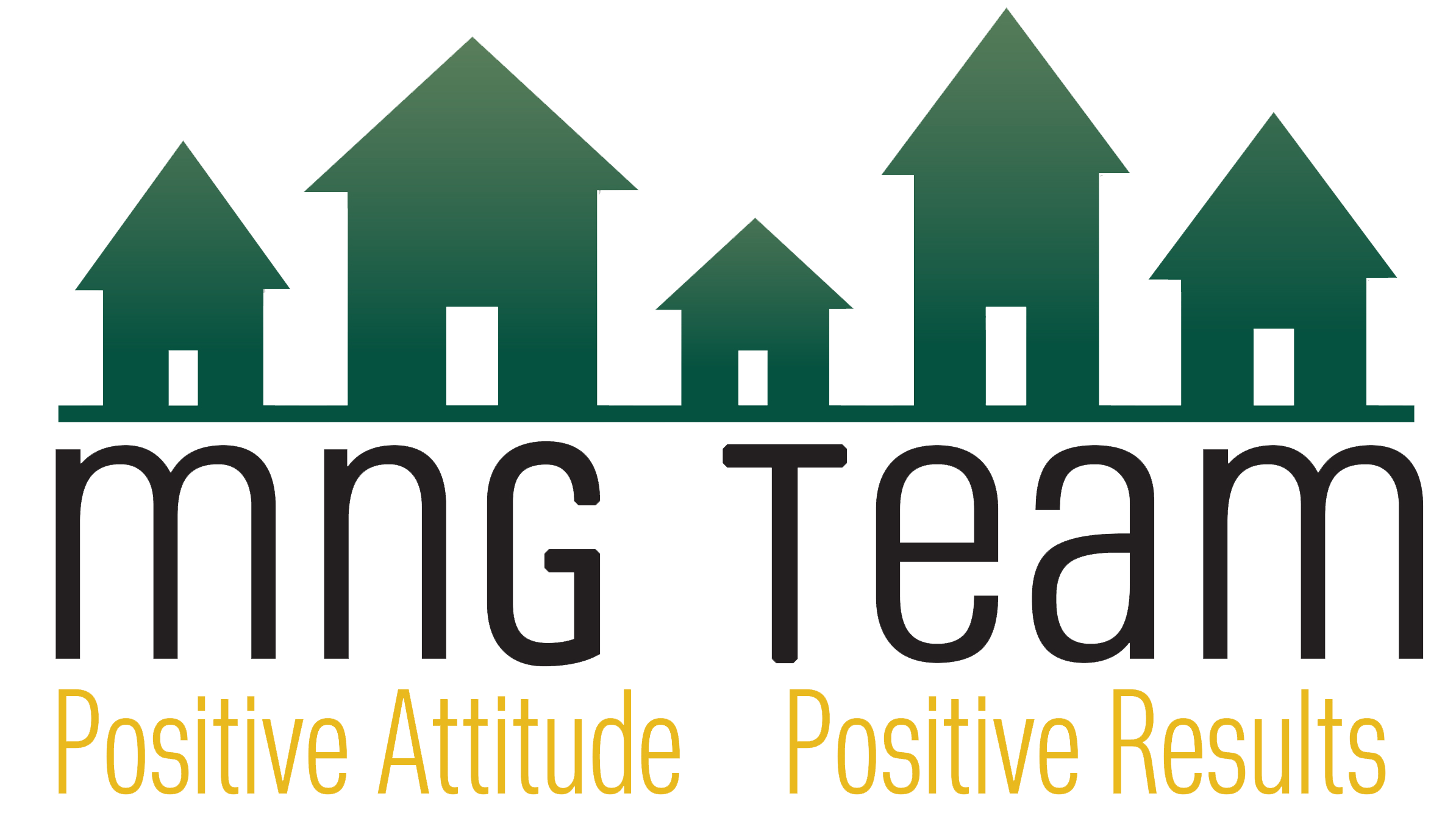The High Price of Affordable Housing: Why Affordable Housing Remains Out of Reach
The housing crisis in Canada, particularly in the Greater Toronto Area (GTA), has reached a critical point, with affordability and availability becoming significant challenges for many residents. Government initiatives to build affordable housing have been met with criticism and skepticism, particularly regarding their efficiency and effectiveness. This article critically examines the inefficiencies inherent in government-led affordable housing projects, supported by data and statistics from various reports and expert opinions, including a case study of the Willowdale Project.
The High Cost of Infrastructure
A report from the Canadian Urban Institute highlights a substantial barrier to building new homes: the cost of infrastructure. The report, funded by the Canada Infrastructure Bank, estimates that the infrastructure required to support each newly built home costs over $100,000. This includes essential services such as public transit, roads, water lines, schools, fire halls, and recreational facilities. Michael Fenn, the report's author, emphasizes that without this infrastructure, efforts to accelerate housing production will not succeed.
Despite the urgency of addressing the housing crisis, municipalities often struggle to finance these infrastructure projects. They are hesitant to incur debt or increase property taxes due to political reasons. Additionally, they resist relying on the private sector for public infrastructure, fearing loss of control. This reluctance creates significant barriers to financing necessary infrastructure, stalling housing projects and exacerbating the crisis.
The Willowdale Project: A Case Study in Inefficiency
The Willowdale Project was envisioned as a flagship affordable housing development in Toronto's North York neighborhood. Launched in 2018, it aimed to provide 500 affordable housing units within a mixed-use community, incorporating retail spaces and green areas. However, the project has faced numerous challenges that highlight the inefficiencies in government-led affordable housing initiatives.
Initial Delays and Regulatory Hurdles
From the outset, the Willowdale Project encountered significant delays in obtaining regulatory approvals. The complex web of municipal, provincial, and federal regulations added years to the approval process, significantly increasing costs. Richard Lyall, president of the Residential Construction Council of Ontario (RESCON), underscores that Canada ranks 34th out of 35 OECD countries in the average time it takes to get regulatory approval for construction projects. These delays are not just bureaucratic but also financial, as the cost of holding the land and managing prolonged planning processes can escalate rapidly.
Financial Strain and Unrealistic Affordability Definitions
The financial feasibility of the Willowdale Project was another major issue. The Ontario government's definitions of affordable housing prices have been met with criticism from developers. For instance, to qualify for rebates, a detached house in Toronto would need to be sold for $366,500. However, the average cost of land, construction, and municipal fees makes it impossible for developers to sell at these prices without incurring significant losses.
Moreover, the total average cost of building a home is over $1.3 million, yet the government expects it to be sold for $531,000 or less to qualify as affordable. This disparity makes it financially unfeasible for developers to participate in such programs, further stalling the production of affordable housing. In the case of Willowdale, similar financial constraints led to scaled-back plans and reduced unit counts.
The Impact of High Interest Rates and Economic Conditions
High interest rates are another critical factor hampering housing development. These rates increase borrowing costs for developers, making it more expensive to finance new projects. Combined with the inefficiencies in the approval process and high regulatory costs, high interest rates further deter investment in affordable housing.
The economic conditions in Canada, marked by slow wage growth and rising construction costs, also play a significant role. Since 2010, housing prices in Ontario have almost tripled, while average household incomes have only increased by about a third. This growing disparity makes it increasingly difficult for many Canadians to afford homes, highlighting the need for more effective government intervention.
The Social and Psychological Toll of the Housing Crisis
The housing crisis extends beyond economic implications; it has profound social and psychological effects. The Canadian Centre for Economic Analysis estimates that the social value cost attributed to housing unaffordability in the GTA is approximately 1.75 times greater than that of cancer. In 2023 alone, the negative social value cost due to the lack of housing was $37 billion.
The stress and uncertainty associated with housing insecurity can lead to significant health issues, both mental and physical. As fewer Canadians can afford homes, the societal impact grows, affecting overall well-being and contributing to broader social issues.
Moving Forward
To address these challenges, a multifaceted approach is necessary. Governments at all levels need to collaborate and develop comprehensive strategies that go beyond merely increasing the housing supply.
- Streamlining Approval Processes: Modernizing and digitizing the development approval process, as piloted by One Ontario, can significantly reduce delays and costs associated with new housing projects.
- Reducing Taxes and Fees: Lowering the taxes, fees, and levies on new housing can make it more affordable for developers to build homes. Rebating the full HST on new home purchases for first-time buyers is a practical step toward this goal.
- Leveraging Public and Private Investment: Utilizing both public and private capital to invest in necessary infrastructure is crucial. Innovative financing tools, such as land value capture and tax increment financing, can help municipalities share the costs of infrastructure among beneficiaries, including developers.
- Focusing on Truly Affordable Housing: Shifting the focus from "attainable" to truly affordable housing is essential. This involves investing in affordable rental housing and ensuring that new developments prioritize affordability and accessibility.
- Addressing Housing Financialization: Policies need to counteract the financialization of housing, which prioritizes real estate as an investment tool over its role as a fundamental human right. Ensuring that new housing projects are built for affordability and accessibility, rather than speculation, is vital for addressing the root causes of the housing crisis.
The current approach to building affordable housing in Canada is fraught with inefficiencies and barriers that prevent effective solutions. High infrastructure costs, inefficient approval processes, unrealistic affordability definitions, and economic conditions all contribute to the deepening housing crisis. The case study of the Willowdale Project exemplifies these challenges. To address these issues, a comprehensive, collaborative effort is needed that involves streamlining processes, reducing costs, and prioritizing truly affordable housing. Only through such concerted efforts can Canada hope to resolve its housing crisis and ensure that all residents have access to affordable, secure homes.
Not sure if you should sell?
We get it. The market is weird. If you’re not sure if selling your home is the right move for you right now, get in touch. We’ll go over the details of your specific situation and help you make the right decision.




